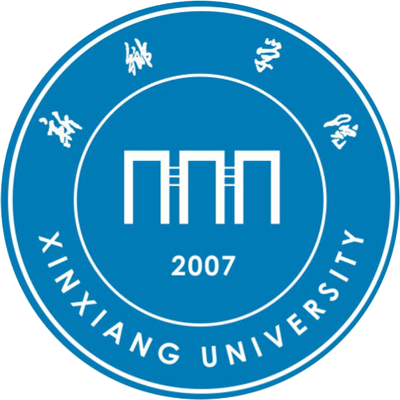详细信息
BiPO4 coupled Bi3+ doping SnO2 QDs with improved performance towards various organic pollutants clearance ( EI收录)
文献类型:期刊文献
英文题名:BiPO4 coupled Bi3+ doping SnO2 QDs with improved performance towards various organic pollutants clearance
作者:Chu, Liangliang[1,2]; Han, Xiao[1]; Zhang, Jing[3]; Jiang, Shanshan[1]; Xue, Ruiyun[1]; Dong, Shuying[1]; Sun, Jianhui[1]
第一作者:Chu, Liangliang;褚亮亮
通讯作者:Dong, Shuying
机构:[1] School of Environment, Henan Normal University, Key Laboratory for Yellow River and Huai River Water Environmental and Pollution Control, Ministry of Education, Henan Key Laboratory for Environmental Pollution Control, Xinxiang, Henan, 453007, China; [2] Xinxiang University, Xinxiang, Henan, 453007, China; [3] Sanmenxia Polytechnic, Sanmenxia, Henan, 472000, China
第一机构:School of Environment, Henan Normal University, Key Laboratory for Yellow River and Huai River Water Environmental and Pollution Control, Ministry of Education, Henan Key Laboratory for Environmental Pollution Control, Xinxiang, Henan, 453007, China
年份:2021
卷号:612
外文期刊名:Colloids and Surfaces A: Physicochemical and Engineering Aspects
收录:EI(收录号:20205209680647);Scopus(收录号:2-s2.0-85098454818)
语种:英文
外文关键词:Bismuth compounds - Catalysts - Nanocrystals - Rhodium compounds - Semiconductor quantum dots - Solar light - Water treatment - Organic pollutants - Composite materials - Water pollution - Degradation - Photocatalytic activity
摘要:Herein, a stable and efficient broad-spectrum catalyst BiPO4/Bi-SnO2 quantum dots was synthesized through a facile one-pot hydrothermal method. The as-synthesized materials showed improved photocatalytic performance compared with the pristine Bi-SnO2 and BiPO4 under simulated solar light. Among, the optimized composite could degrade 99.63 % of RhB and 89.87 % of BPA within 80 min irradiation, being 29.16 % and 29.18 % higher than that of Bi-SnO2, respectively. The enhanced photocatalytic activity of the composite material was related to the raised light utilization and decreased recombination rate of photo-induced carriers. The degradation of BPA was explored in detail, including catalyst dosage, initial concentration and common anions (Cl?, NO3?, PO4? and HCO3?). Moreover, the composite material was effective for the degradation of several organic dyes and antibiotics. The degradation efficiencies varied from different kinds of the pollutants, which decreased in the following order: RhB (99.89 %), MO (89.56 %), CIP (89.72 %), SMX (54.86 %), CHL (39.64 %) and MB (29.45 %). Trapping experiment of the active species indicated that h+ played a major role and ·OH acted an auxiliary role in the photocatalytic process of BPA. This work with regard to the construction of composite QDs photocatalyst increased the possibility of water pollution control with photocatalysis technology. ? 2020
参考文献:
![]() 正在载入数据...
正在载入数据...


